As responsible travelers evolve, so do the stories we share.
This article is part of our living archive — trusted content we continue to care for.
First published on May 9, 2017 • Last updated on April 26, 2022.
Thousands of tourists come to Quito and make a stop at the world-famous Mitad del Mundo. But very few even know that a more ancient monument was built along the Equator and that they can stand atop this ceremonial site. Its name is Rumicucho. In the language of the Quichua, this place is named for:
Rumi = Stone
Cucho = Nook or Corner
The ancient ruins are well named. Stony walls wrap five different terraces on this site, which is located on the corner edge of a mountain.
If you are lucky enough to arrive on a day with sunshine (we recommend early in the morning or late in the afternoon to increase your chances), then you will see why this place is so very magical. The equatorial sunlight plays with shadows in deep canyons and dances along steep mountain slopes. The views from this nook are absolutely amazing on a clear day.
It isn’t hard to imagine people living in this vicinity. In fact, it is difficult to believe that the ruins have survived the test of time. Somehow, colonizing Spaniards left this outpost alone and local peoples never scavenged the stones to improve their own farms and homesteads. Today, the town of San Antonio de Pichincha encroaches a little more each year.
The terraced walls of light pink stone radiate warmth even on an overcast day. Grasses blow gently in the wind and wildflowers bloom atop the foreshortened walls. A few steps lead to the heart of these ruins, a high plateau that once held different shaped buildings with unknown function. According to interpretive signs on the trails, Rumicucho was used by the Inca from 1500 to 1534. From Rumicucho, the Inca collected and redistributed taxes.
The Inca also used the location as a strategic military site. In fact, locals still refer to this place using the word pucará, meaning fortress in the language of the Northern Quechua and Aymara, the original languages of the Inca.
Before the arrival of the Inca, the Caranquis, sometimes called the Cara, occupied the surrounding countryside from the current border with Columbia in the Carchi Province, through the Imbabura Province, and into the Pichincha province, where Rumicucho remains today.
According to some historians, the Caranquis originally built this location as a place of worship and to celebrate the seasons. Nearby, and practically a straight shot on the equatorial line, is another ancient site of the Caranqui called Cochasquí. This site contains large pyramids, yet to be completely excavated because there is no inexpensive way to protect them. Little is known about the relationship between the two ancient sites. In fact, modern scientists are still debating if the Caranqui culture was well-developed. But from uncovered remains at Cochasquí, we know that the Caranqui people had developed calendars to track both the sun and the moon.
Archeologists believe that the Inca modified the original construction and their hand is seen in the remaining walls. They used a technique called “pirca” in which two different layers of stone are joined by mortar. The Caranquis are known to have built using a type of volcanic stone called toba or tuff and an adobe made from volcanic rubble and ash, called canguahua.
Pucará de Rumicucho
Information for your trip:
Be prepared for all weather; sun protection is a must as there is no shade. Although there is a small shop, it is not always open, so bring bottled water.
- Entrance Fee – $1 per person
- Directions by Car use WAZE – look for Pucará de Rumicucho
- Public Transportation – From Quito, take the Metrobus Mitad del Mundo from the La Ofelia Station (blue sign) to the end of the Huisapuingo road in Mitad del Mundo. It will be a short walk from there.


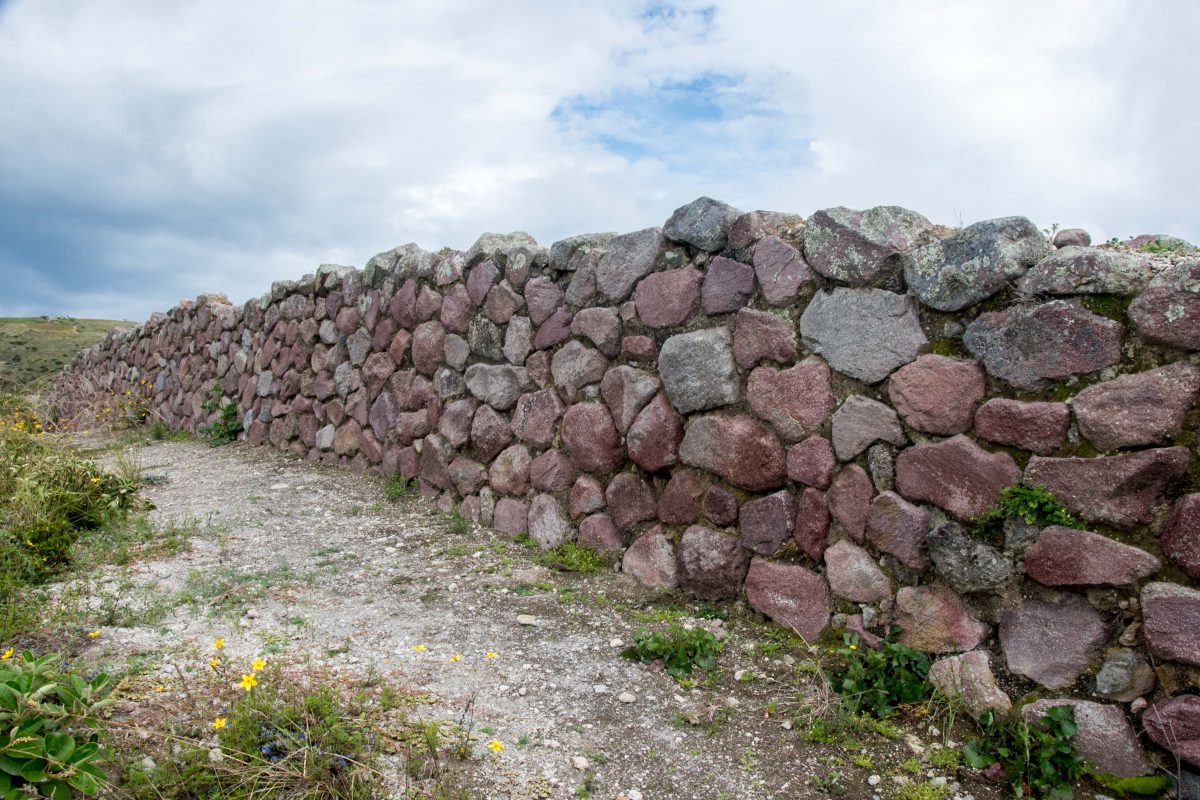
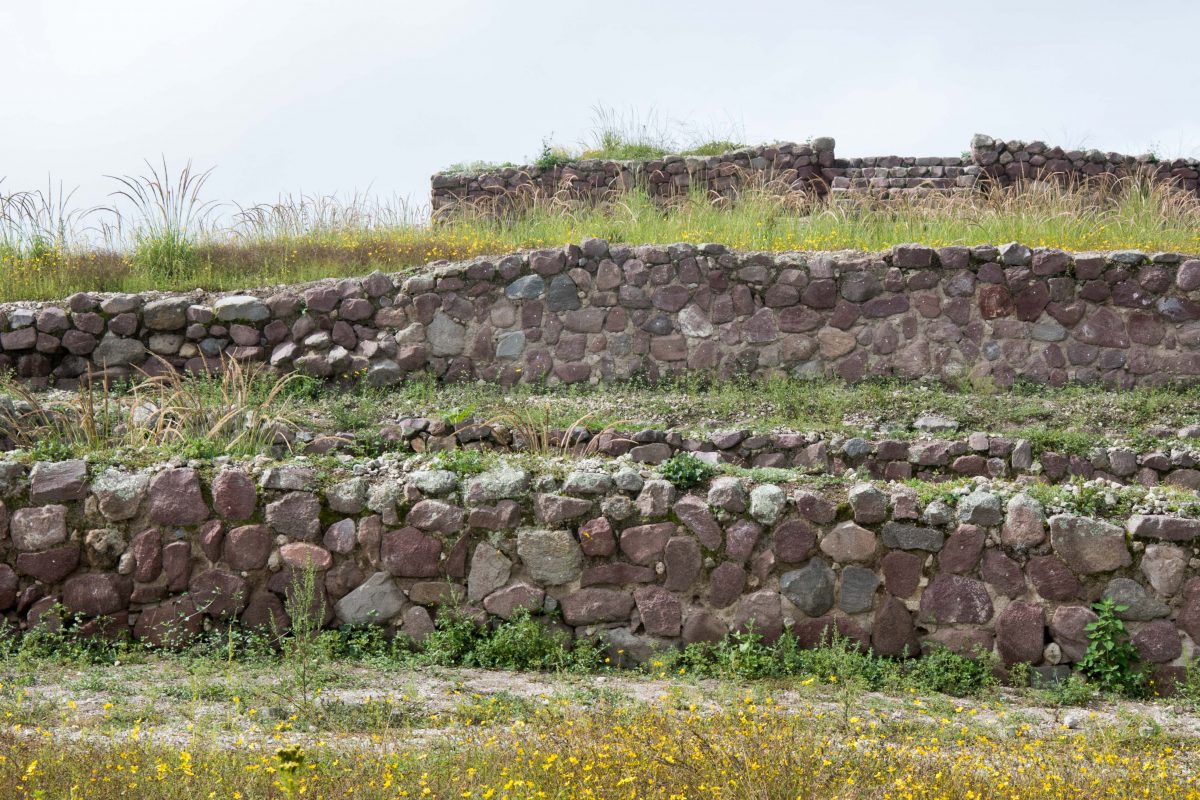





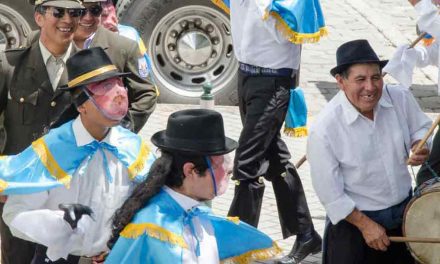
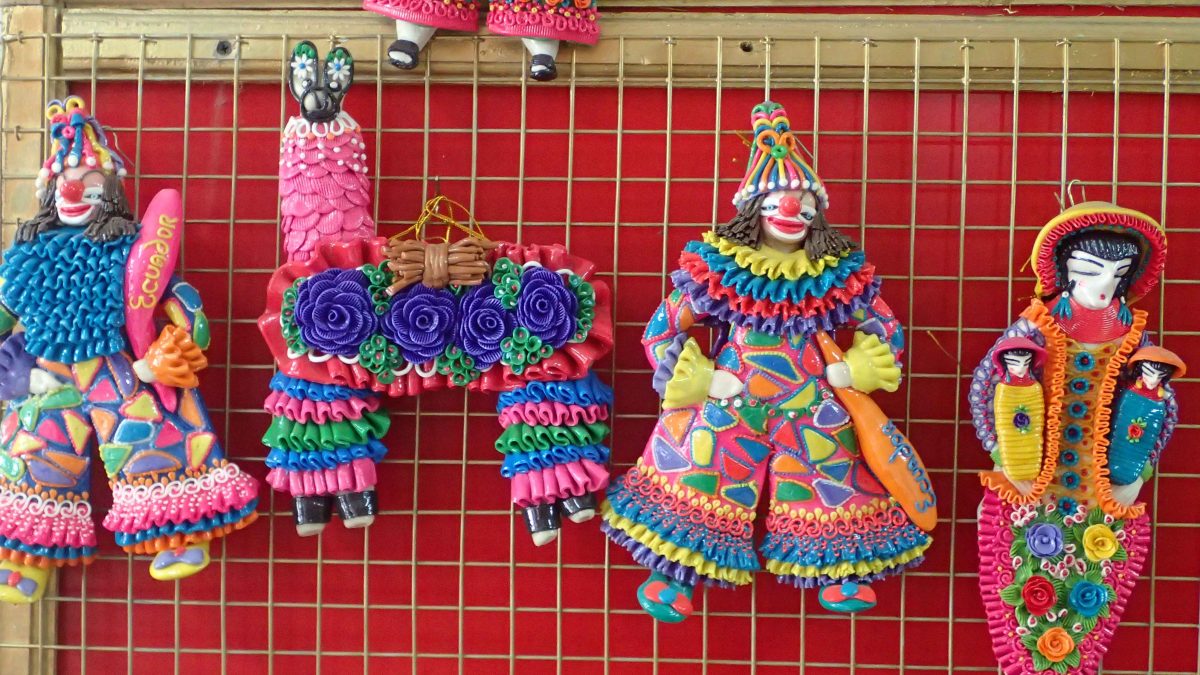
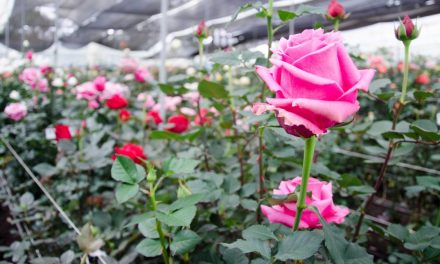

















0 Comments